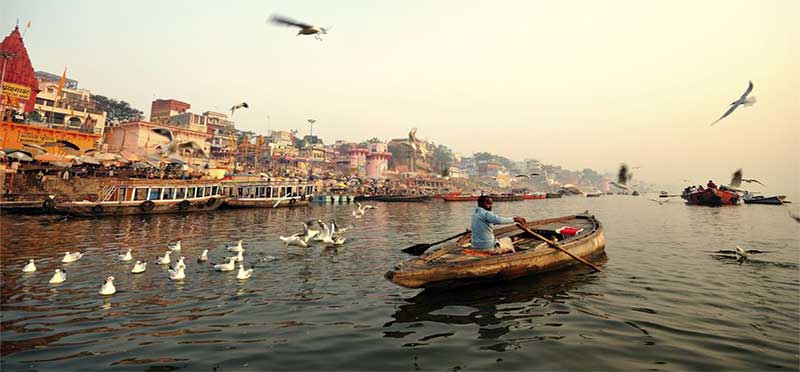
In News
A recent study has found that the Ganga river ha large proportions of organisms with antibacterial properties which can be used to create new antibacterial pharmaceuticals.
In-Detail
- The study,‘ Assessment of Water Quality and Sediment To Understand Special Properties of River Ganga,’ was commissioned by the Union Ministry of Water Resources.
- It was conducted by the National Environmental Engineering and Research Institute (NEERI) of CSIR.
- NEERI assessed the water quality for radiological, biological and microbiological parameters of the River at Bhagirathi and at 20 other stations.
- It was found that organisms with antibacterial properties are in abundance in the upper reaches of the river in the Himalayas.
The Study
- For the study, five pathogenicspecies of bacteria were isolated and their numbers were compared with bacteriophages.
- Bacteriophages are viruses that kill bacteria and often live in close proximity to bacteria.
- In the Ganga, the numbers of bacteriophages were 3 times more than the bacteria.
- Also, it was found that certain bacteriophages are unique to the Ganga.
- Around 1,100 bacteriophages are identified in the river.
- As per the study, there are 33% more bacteriophages between Gomukh to Tehri than between Mana to Haridwar, and Bijnor to Varanasi.
- About 200 years ago, the British colonial scientists had noted the unique microbial life of the Ganga and its putrefaction abilities.
- Earlier, researchers from IIT Roorkee isolated a super-phage for its lysine protein.
Conclusion
- Apart from the water that it provides to millions, the Ganga river has more reasons to be preserved and purified.
- The efforts to clean the river has been going at a snails pace for decades.
- It is time the mismanagement of the cleaning process needs to stop and authorities have to show intent in cleaning the river.

Leave a Reply
You must be logged in to post a comment.